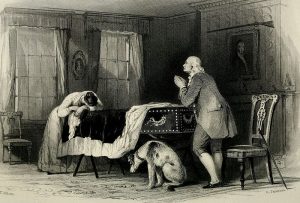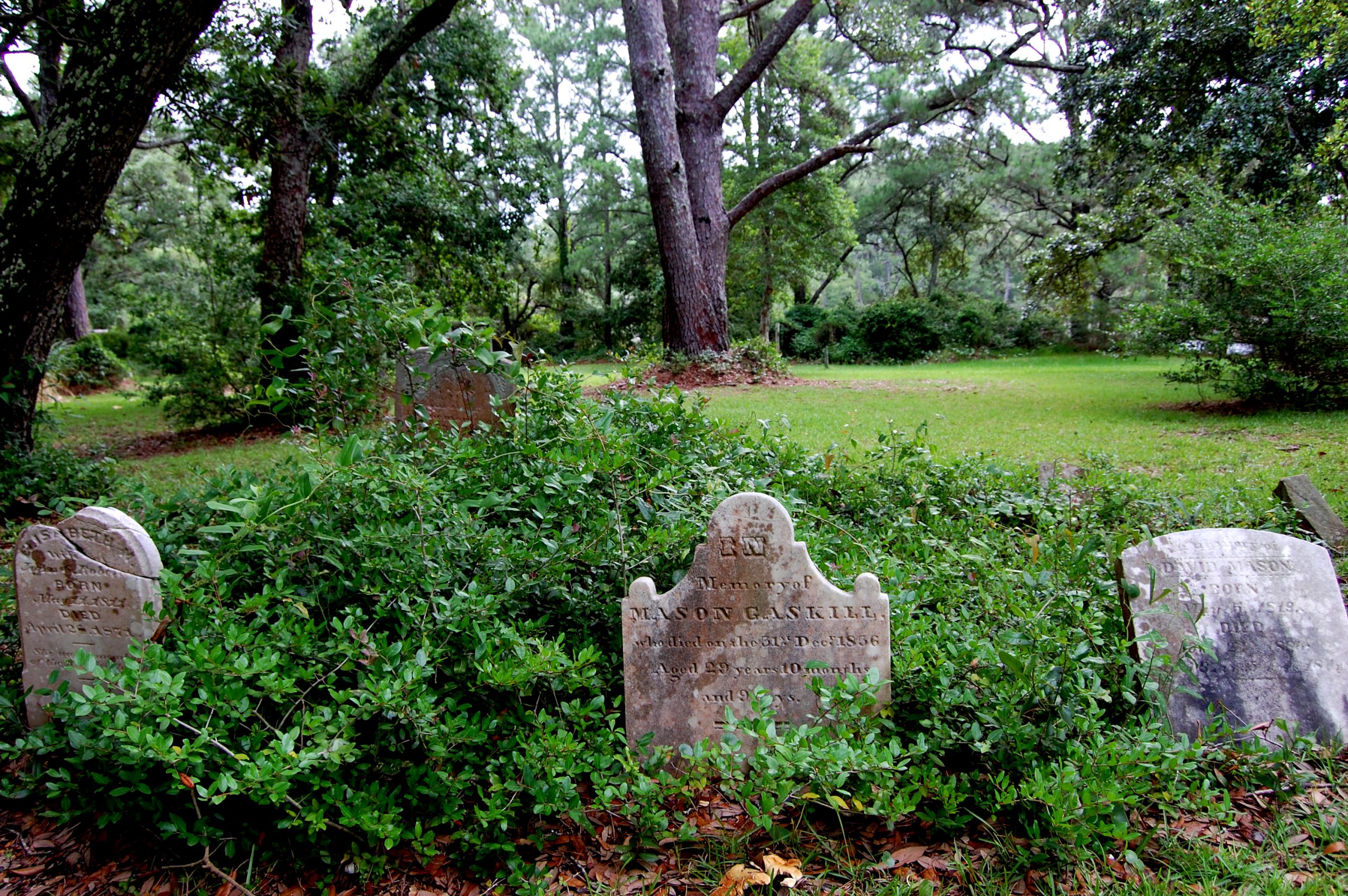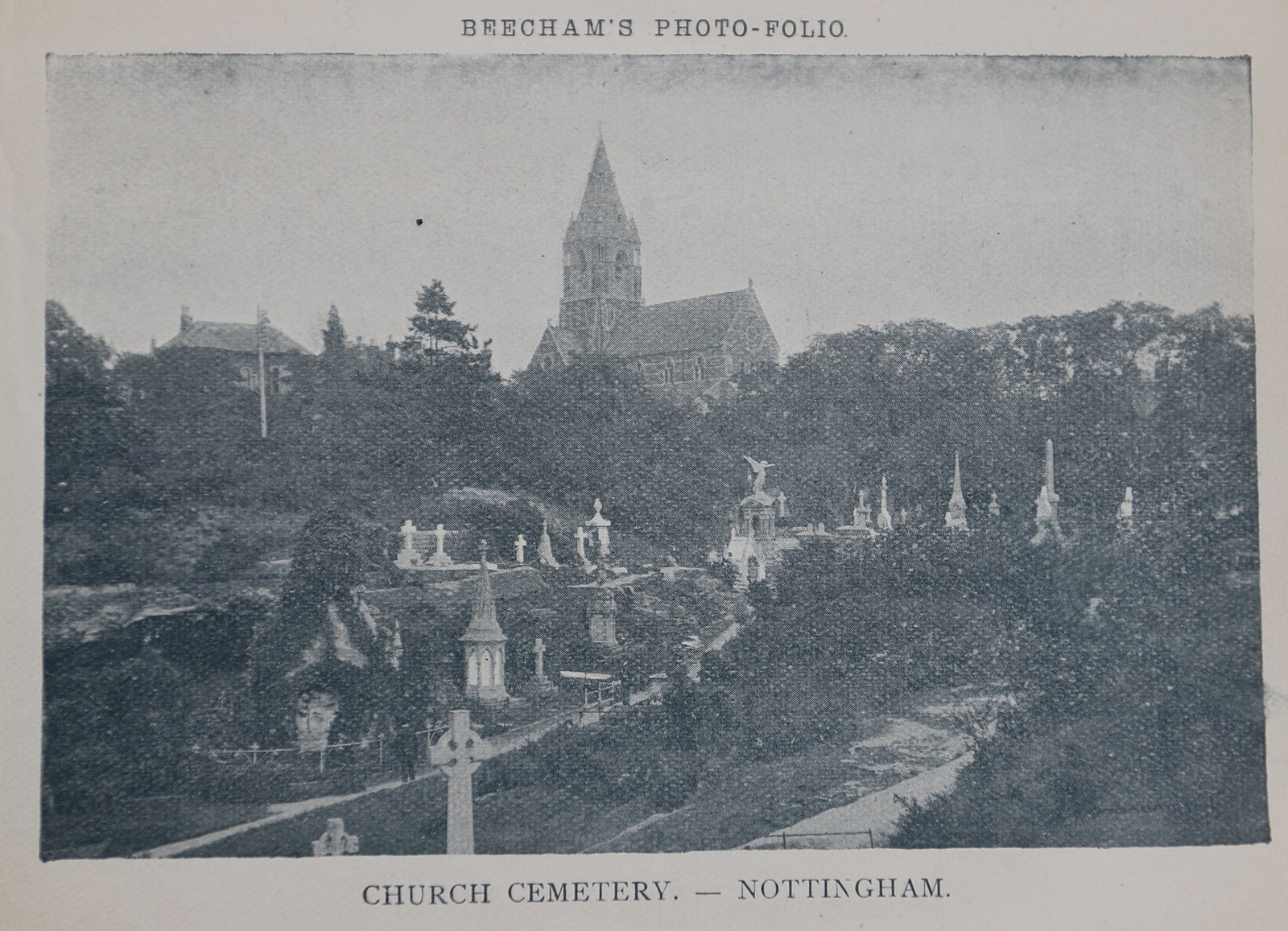2.2 Death in North America, Late-18th to late-19th Century
“It is important to recognize that the experience of dying and death, like all experiences in life, from pregnancy and birth onward, are affected by gender, race, class, ethnicity, geography, marginalized status, ability, sexual orientation and marital status, and, perhaps more than any, by… [Indigenous] status. Nonetheless, it is important to document the major changes that have taken place to enable us to place present-day conditions within evolving trends” (Arnup, 2013, p. 6).

In Western cultures such as early U.S. and Canada (not including Indigenous peoples), customs and rituals surrounding death directly evolved from those in Europe and England, resulting in a set of death-related beliefs and practices meant to show proper respect for the dead (Mourning After, n.d.). Death was viewed as inevitable and an integrated part of the community (Kinch, 2017; O’Connell, 2014). People died at home. Family members, typically the women, cared for their loved one’s body (i.e., bathed and dressed) (Chavez, 2019; Frontline PBS, 2015). Neighbours or the local carpenters, would build a very simple wooden casket/box (O’Connell, 2014). The body would then be laid out and displayed at home, in the parlour if the house had one, or even on the dining table (Currie, 2017). Burials took place close to home, either at a family or church cemetery (O’Connell, 2014; Juarez, 2018).
Not only did these rituals and practices result in more exposure to death, but the process of attending to the dead allowed communities to come together to support one another in grief, strengthening interpersonal and social bonds (Wojcik & Dobler, 2017). Ultimately, these rites of passage and celebrations that dealt intimately with death, allowed people in the 18th and 19th century to avoid a fear-based understanding of the end of life (Wojcik & Dobler, 2017).


VIDEO: The Fascinating History of Cemeteries
The following video by Keith Eggener uses animations to highlight historical traditions associated with dealing with bodies and demonstrates how the cemeteries we know today came to exist (Watch to 4:57 mark).
"During the Victorian era, the parlor was the front room of every middle and high-class home...used extensively to receive and entertain guests....It was common to have the bodies of the deceased displayed for viewing in the parlor," resulting in it being nicknamed the "Death-room". In 1910, the "Ladies Home Journal published a piece...suggesting that the parlor no longer be called the death room and instead called the 'living-room.'"(Juarez, December 20, 2018, para. 10).

